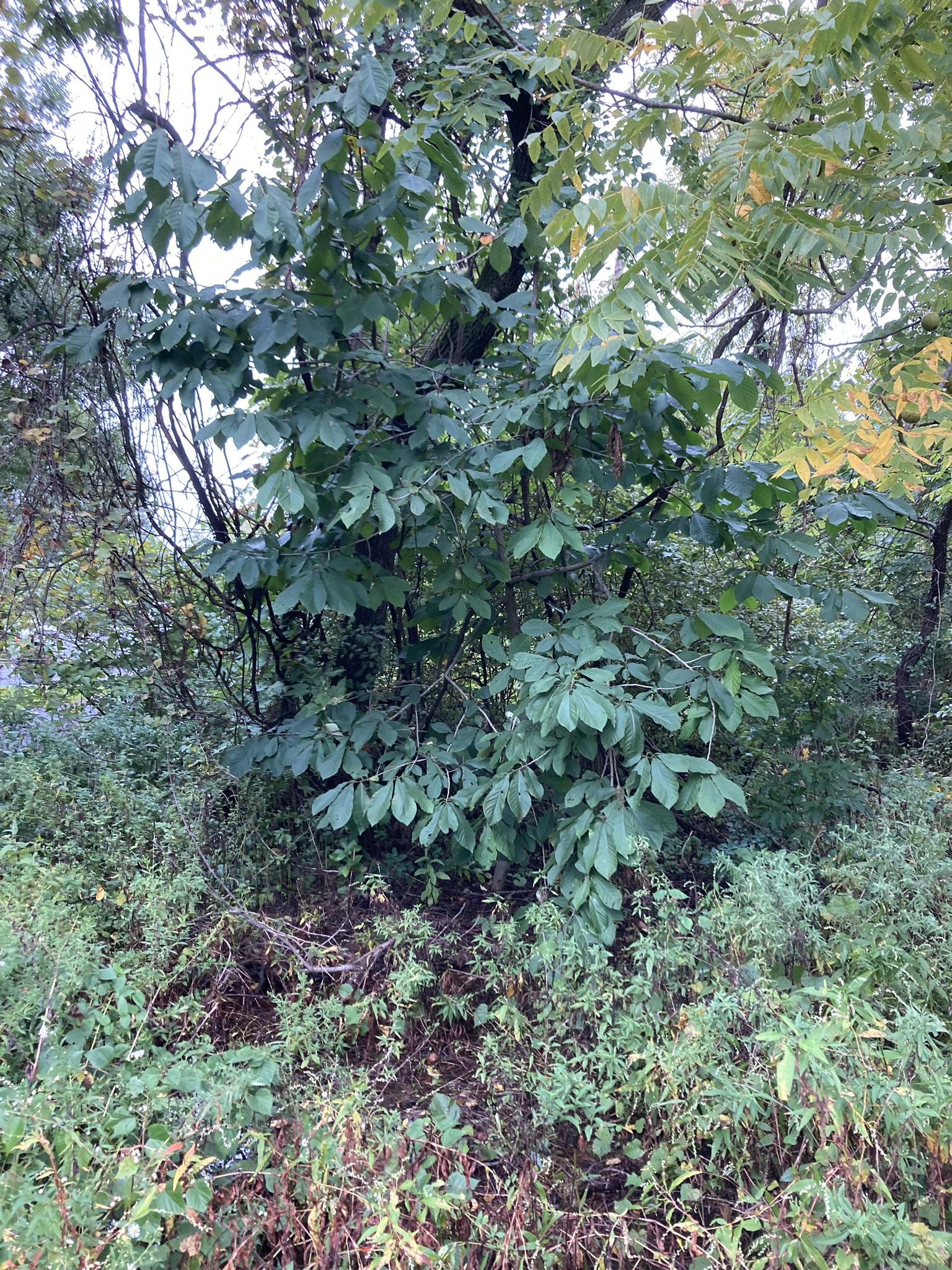 Image 1 of 7
Image 1 of 7

 Image 2 of 7
Image 2 of 7

 Image 3 of 7
Image 3 of 7

 Image 4 of 7
Image 4 of 7

 Image 5 of 7
Image 5 of 7

 Image 6 of 7
Image 6 of 7

 Image 7 of 7
Image 7 of 7








Black Tupelo
🌳 Nyssa sylvatica (Black Gum / Black Tupelo)
Medium to Large Deciduous Tree | Eastern North American Native | Pollinator-Friendly | Brilliant Fall Color
Highlights for Native Plant Enthusiasts:
🐝 Spring flowers rich in nectar and pollen—vital for native bees and an important source for wild honey production
🐦 Bluish-black fruits feed songbirds, turkeys, and small mammals in early fall
🍂 Known for some of the most vivid fall foliage—scarlet, orange, and purple on the same tree
🌿 A key species in moist forests, bottomlands, and upland slopes across a wide native range
🐛 Host plant for native moths, including the Hebrew Moth and Pale Prominent
💧 Tolerates both wet and dry soils, making it an excellent choice for climate-resilient plantings
Growing Information:
Height: 30–70 ft | Spread: 20–35 ft
Soil: Prefers moist, acidic soils but highly adaptable—tolerates clay and drought once established
Light: Full sun to part shade
Zones: 4–9
Type: Deciduous shade or specimen tree
Pollination: Dioecious—plant multiple trees to ensure fruit production
Why Native Growers Love It:
Nyssa sylvatica is a wildlife powerhouse in a sleek, ornamental package. Its subtle spring blooms are a magnet for pollinators, while its nutrient-rich fruits support fall-migrating birds. The tree’s upright form and glossy leaves make it a landscape standout, and its brilliant autumn color rivals the flashiest maples.
It thrives in a wide range of habitats—from dry uplands to wet woodland edges—and is perfect for restoration plantings, hedgerows, native gardens, or as a specimen tree in yards and parks that prioritize biodiversity.
Seed-grown from wild regional populations.
Pairs beautifully with sassafras, oaks, viburnums, and pawpaw.
🛒 Plant Nyssa sylvatica—pollinators, birds, and fall color will thank you.
🌳 Nyssa sylvatica (Black Gum / Black Tupelo)
Medium to Large Deciduous Tree | Eastern North American Native | Pollinator-Friendly | Brilliant Fall Color
Highlights for Native Plant Enthusiasts:
🐝 Spring flowers rich in nectar and pollen—vital for native bees and an important source for wild honey production
🐦 Bluish-black fruits feed songbirds, turkeys, and small mammals in early fall
🍂 Known for some of the most vivid fall foliage—scarlet, orange, and purple on the same tree
🌿 A key species in moist forests, bottomlands, and upland slopes across a wide native range
🐛 Host plant for native moths, including the Hebrew Moth and Pale Prominent
💧 Tolerates both wet and dry soils, making it an excellent choice for climate-resilient plantings
Growing Information:
Height: 30–70 ft | Spread: 20–35 ft
Soil: Prefers moist, acidic soils but highly adaptable—tolerates clay and drought once established
Light: Full sun to part shade
Zones: 4–9
Type: Deciduous shade or specimen tree
Pollination: Dioecious—plant multiple trees to ensure fruit production
Why Native Growers Love It:
Nyssa sylvatica is a wildlife powerhouse in a sleek, ornamental package. Its subtle spring blooms are a magnet for pollinators, while its nutrient-rich fruits support fall-migrating birds. The tree’s upright form and glossy leaves make it a landscape standout, and its brilliant autumn color rivals the flashiest maples.
It thrives in a wide range of habitats—from dry uplands to wet woodland edges—and is perfect for restoration plantings, hedgerows, native gardens, or as a specimen tree in yards and parks that prioritize biodiversity.
Seed-grown from wild regional populations.
Pairs beautifully with sassafras, oaks, viburnums, and pawpaw.
🛒 Plant Nyssa sylvatica—pollinators, birds, and fall color will thank you.































